When not satisfied with a large selection of wedding attire, presented in wedding salons, it remains to sew the dress itself or turn in the studio. In any case, you need to choose the right fabric so that it fits the season, the style of celebration and it is comfortable to be in it so that it is pleasant to the touch. Each fabric has its own advantages and disadvantages, which must be taken into account when choosing and sewing.
Classification
Conventionally, fabrics for sewing wedding dresses can be divided into types.
Seasonal:
- for summer wedding use airy, lightweight fabrics;
- for winter - dense and light, if they are sewn on a “warm” fabric;
By model:
- for intricate models, form-stable matter is chosen, elastic and dense with a bulk structure;
- Any dress fabric will suit for a simple cut of a wedding dress.
By type of raw materials:
- natural;
- synthetic.
By invoice:
- matte;
- brilliant;
- reflecting light (for example, organza, silk, satin);
- structured;
- aerial
- mixed
Kinds
Such fabrics as satin, brocade, chiffon, taffeta, organza, tulle are considered classic. Very popular matter with relief drawings, ornaments.
Atlas
A chic regal look of satin attracts much attention due to its smooth and mostly shiny surface. It is very well suited for the base of the dress, because its density allows it to withstand the finishing of beads, glass beads, crystals, while it does not sag and does not stretch. That is why it occupies a special place in tailoring and is in great demand compared to other types of fabrics for wedding dresses.
The atlas is also interesting in that it can be supplemented with various interesting effects, for example, with “crumpled” trimming or embroidery. Often matt fabrics are used in wedding dresses with him, thus muffling his shine.
Use the atlas for autumn and winter wedding dresses. Also, this fabric is suitable for weddings in palace interiors at any time of the year. The style can be any, very nicely soft and flowing satin looks on dresses in the Greek style.
There are several types of satin: duchess satin - very shiny matter and matte satin - fabric without bright luster.
It should be borne in mind when choosing this luxurious fabric one of its drawback. Atlas crumples very easily, especially with regard to matter made from natural silk fibers. In addition, he is able to show the shortcomings of the figure of the bride, crushing into the folds in those places where it is not at all necessary. Also note that in summer it will be hot to be in a satin dress, and a long, beautifully draped train will be hard to wear. Thus, it is necessary to use atlas if there is confidence in the perfection of your figure.
Satin
Satin is somewhat similar to satin, it is also beautiful, durable and almost not wrinkled. Its surface can be smooth matte or shiny, silky to the touch. Looks great with embroidery.
Silk
Silk wedding dresses are considered the most expensive. Brides look chic, elegant and, of course, feminine, especially in models of form-fitting styles, such as mermaid and A-silhouette. The main thing is to choose the style. Fit should be perfect.
This fabric is very pleasant to the touch that suits girls with delicate skin.
It is worth noting such disadvantages of chiffon:
- Like many natural fabrics, smooth and lightweight silk will crease. It is better to choose a fitting style.
- The next disadvantage is the difficulty of working with the fabric. He can crawl, move out, therefore entrust the tailoring of a silk wedding dress to a high-class craftsman.
- Also, when choosing silk for a ceremonial dress, keep in mind that the shiny surface is slightly fattening. This is more noticeable in wedding photos.
Organza
Another name for this fabric is "gas." Organza is a very thin, transparent, light and airy substance, slightly stiff to the touch, but effectively shimmering in the sun. It impresses with the play of colors in draperies, folds and creases.
There is also a matt organza. It is considered a noble matter and its cost is somewhat more expensive. This fabric can make a wedding dress more lush, light and elegant. And due to the rigidity - it keeps its shape well, therefore it is successfully used in decoration. Namely, interesting frills, cute ruches, flounces, high collars, fluffy sleeves are sewn from it. It is possible to sew an organza with a petticoat.
Chiffon
Another light and translucent fabric makes the wedding dress romantic and airy. Chiffon is lighter than organza, so it drapes very well, which is why dresses are called flowing. Chiffon is used mainly for decoration of the dress (complex drape, fluffy skirt, sleeves, bodice trimming, veil) and almost never, as the basis of the dress.
Empire style chiffon wedding dresses are suitable for celebrations in nature or abroad (the fabric is packed compactly, which is convenient for weddings not at home). In the summer it will not be hot, but vice versa - easy and comfortable.
Fatin
Tulle, “English mesh” is the second name of tulle, in which its essence is displayed - mesh. WITHReal dresses, or rather volume and light skirts, I sew from soft and thin material. Of course, a veil is sewn from it.
Fatin is easy to work, its edges do not need to be processed, which allows you to create flying models of wedding dresses. From this fabric is so loved by tailors and fashion designers, such as Vera Wong. Every season she produces amazing models of dresses made from such simple fabric.
Lace
Gentle and beautiful material, made by machine or by hand, again at the peak of popularity. Wedding dresses of any length, style, completely sewn from lace or emphasize only one part of the body (arms, chest, waist, legs) attract special attention. The image of the bride becomes romantic, feminine and innocent, airy and light, truly luxurious.
The colors of lace are varied, but white and cream are more in demand for a wedding dress.
Crepe
Crepe is natural and artificial, light and heavy. From it you can sew any style of wedding dress, because it refers to non-creased fabrics. Looks better crepe with a smooth surface, decorated with lace.
Brocade
Luxurious and royal matter of gold or silver shades is the best fit for winter wedding dresses. The brocade is quite dense and heavy, contains silk threads.
Taffeta
Elegant and solemn, taffeta is much lighter than satin. Her, not creased surface, also shiny and slightly harsh, best suited for dresses with ruffles. Differs cotton or silk taffeta rustle when moving.
From it you can sew a dress for a wedding of any season. Taffeta and brocade are great for ball gorgeous wedding dresses with a corset, models A-silhouette, because these fabrics are winter, dense and heavy. The taffeta skirt will not lose its shape. It's all about the processing of synthetic fabric.
Decorate the wedding dress with lace, beads and bugles, tulle or silk mesh.
Lining fabric
For lining mainly use monochrome fabric, for example, satin, serge, chintz, silk, cotton fabrics.
The choice of lining depends on the season (hot or cold), since resistance to external influences is different. For example, the matter of viscose and acetate-viscose fibers is very hygroscopic. It is great for summer dresses that can not be said about polyesters. You should also consider some of the nuances of each fabric. So, on acetate and silk lining may remain traces of sweat.
It is necessary to choose lining fabric thinner, than the main, and with a smooth surface. It will easily slide in contact with other matters, and fabrics with a relief texture will, on the contrary, stick.
Features of work with fabrics
Transparent
- Seams, tucks and tuck should be as small as possible.
- Pressing transparent materials should be slightly touching.
- For a smaller slip of the fabric before cutting, the table should be covered with a light blanket. Scissors should be used sharp.
- Chiffon, georgette and crepe need to be cut into a single layer. Pattern make complete. It is pinned to the fabric and it is desirable to remove it only after grinding it with the fabric after cutting.
- Sewing threads are taken thin.
Laced
- The number of stitches should be the smallest. But for a fitting dress model, you can use the stitching seams, if the lace fabric is dense and with a large convex pattern.
- Patterns when cutting should be complete.
- Details on the pattern are arranged in such a way as to maximize the use of lace pattern motifs. The elements of rapport are arranged symmetrically on the back and in front. At the seams they should be combined.
- Separate elements of lace or a strip of the figured edge can be cut (cut off) and used as appliques.
- Before opening the lace fabric it is necessary to make an exact fit of the dress on the figure. At first, parts from the lining are ground and adjusted, and after possible changes are transferred to the lace fabric.If the lining is not supposed, make a pattern from a cheap fabric. You can use the method of tattoos. See the video for an example.
Note the following:
- Details grind off narrow seam. Lace with embroidery - patch with a closed cut.
- When smoothing out the seams, a thick soft blanket is placed under the fabric, and an iron bottom is placed on top.
And finally, an interesting video about the basic rules for cutting various types of fabric.
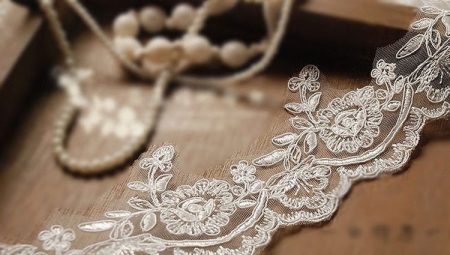
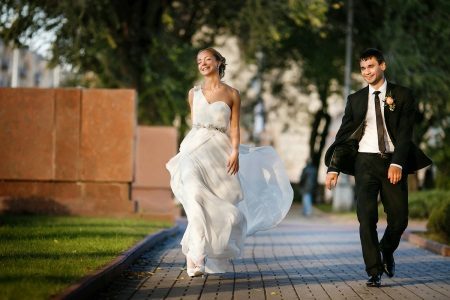
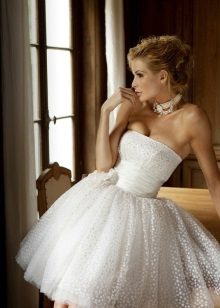
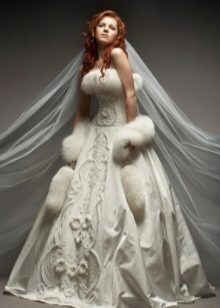


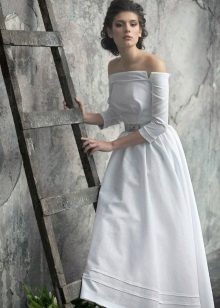
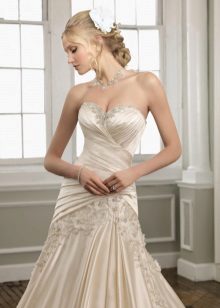
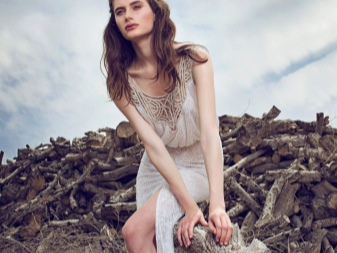

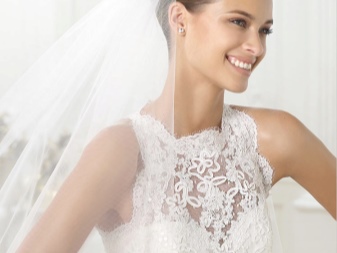




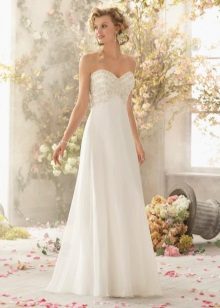
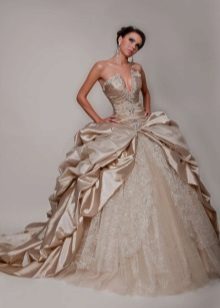
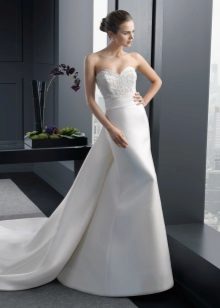
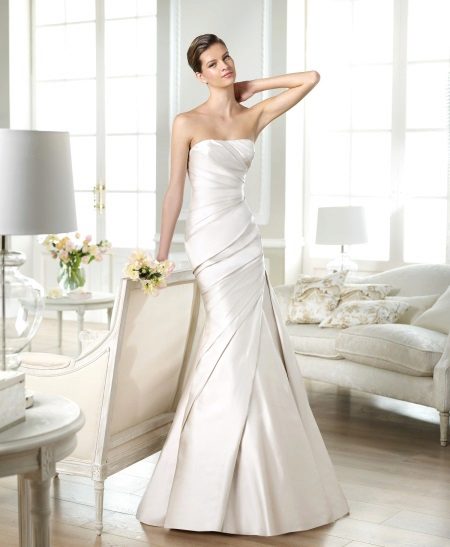
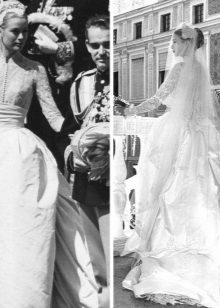
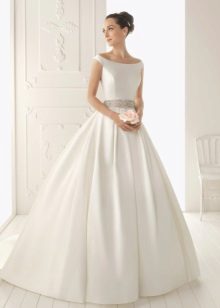
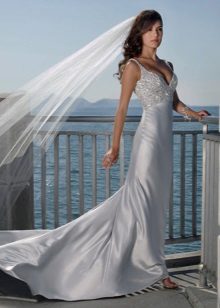
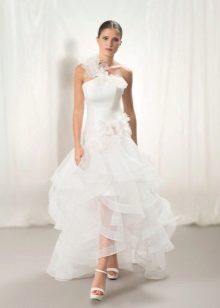

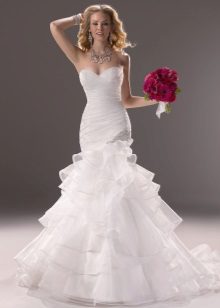
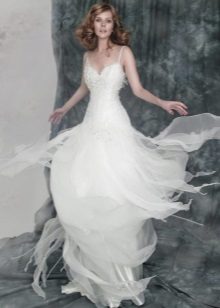
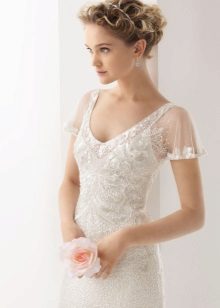

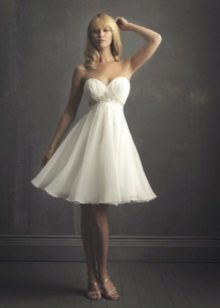
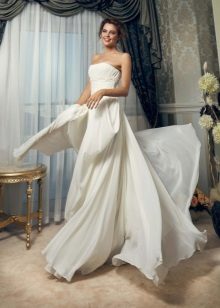
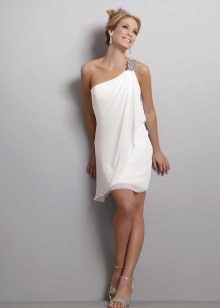
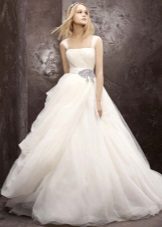
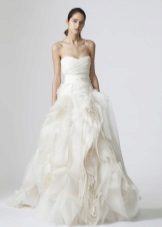

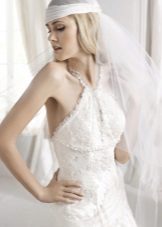
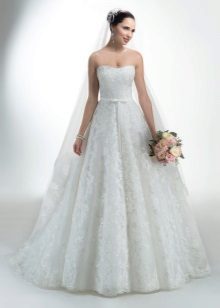


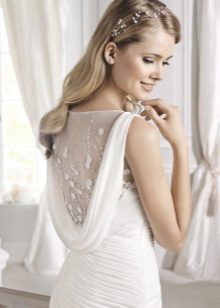

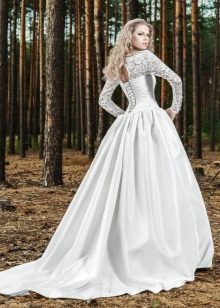

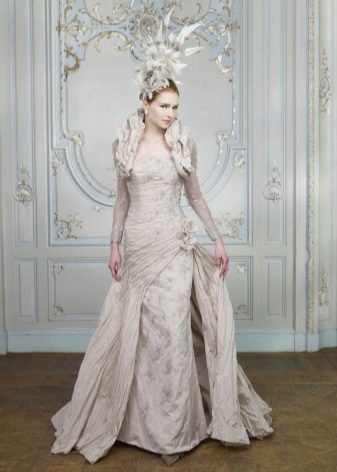

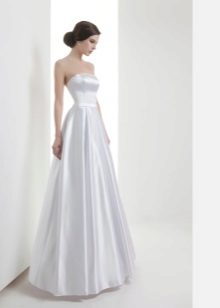

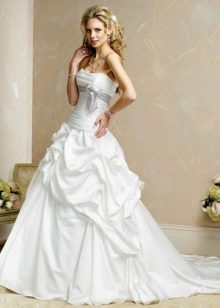
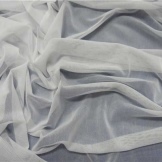
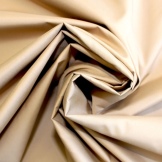



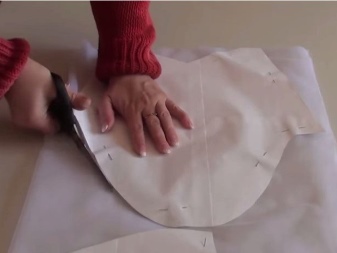
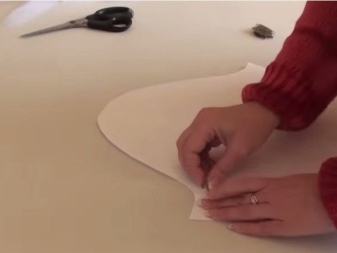
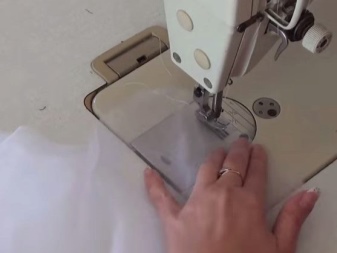
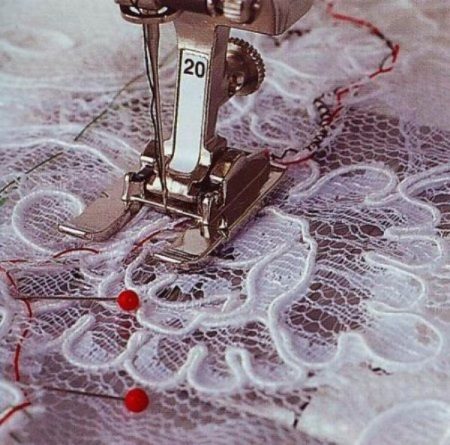











Lace wedding dresses are my favorite! She also likes organza dresses, they are airy and mysteriously translucent at the same time.